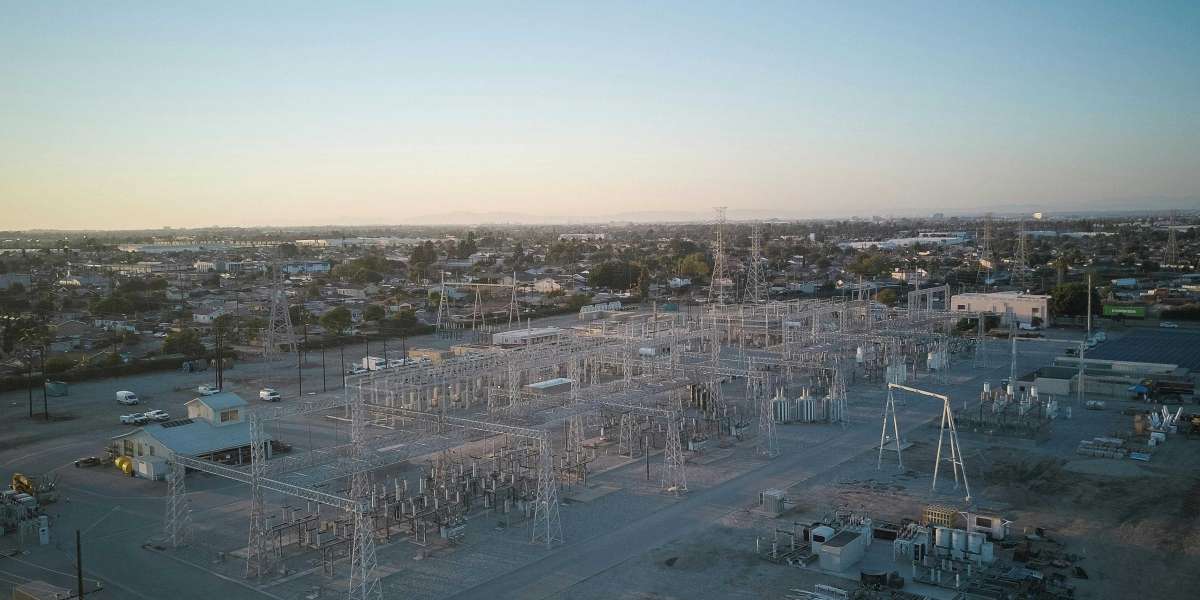What Is Large-Scale Energy Storage?
Large-scale energy storage refers to systems that store electricity in bulk for later use. These installations are typically connected to the power grid and are capable of storing megawatt-hours (MWh) of energy. The goal is to manage energy flow, stabilize the grid, and support the integration of renewable energy sources like solar and wind.
Types of Large-Scale Energy Storage Systems
1. Battery Energy Storage Systems (BESS)
Lithium-ion batteries are the most commonly used technology due to their efficiency and fast response time. Other types include flow batteries and solid-state batteries.
2. Pumped Hydro Storage
Water is pumped to a higher elevation during low-demand periods and released to generate electricity during peak demand.
3. Compressed Air Energy Storage (CAES)
Excess energy is used to compress air, which is later released to drive turbines and generate electricity.
4. Thermal Energy Storage
Energy is stored in materials like molten salt or water and used for heating or power generation.
Why Large-Scale Energy Storage Matters
1. Grid Stability
Storage systems help balance supply and demand, prevent blackouts, and provide frequency regulation.
2. Renewable Integration
Solar and wind power are intermittent. Storage ensures excess energy generated during the day can be used at night or during low production times.
3. Peak Shaving and Load Shifting
Stored energy can be used during peak demand, reducing strain on the grid and lowering costs.
4. Energy Resilience
In times of emergencies or natural disasters, energy storage provides backup power to critical infrastructure.
Applications Across Sectors
Utilities use it to balance the grid and defer costly infrastructure upgrades.
Commercial and industrial facilities use storage for energy cost savings and backup power.
Remote and island communities benefit from energy independence and reduced reliance on diesel generators.
Challenges and Future Outlook
Despite rapid growth, the large-scale energy storage sector faces challenges such as:
High upfront costs
Battery lifecycle and disposal issues
Regulatory and policy barriers
However, as technology advances and costs decline, the adoption of large-scale energy storage is expected to accelerate. Innovations in battery chemistry, recycling, and smart grid integration are shaping a more resilient and flexible energy future.
Conclusion
Large-scale energy storage is a cornerstone of modern energy systems. It enables the shift toward renewables, enhances grid reliability, and supports the transition to a low-carbon economy. As global energy needs evolve, energy storage will continue to play a pivotal role in building a sustainable and secure energy landscape.











